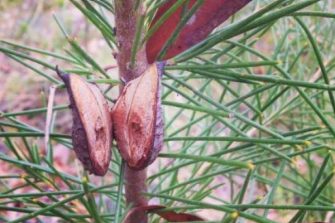
Altered fire regimes and invasive animals are major threats to listed plant and animal species and ecological communities in fire-prone landscapes across Australia. This project will improve fire management strategies and conservation outcomes to save threatened flora and fauna from extinction by strengthening the application of fire regime management thresholds through new on-ground data and modelling of key species and communities at risk. Current strategies are limited by generic fire frequency thresholds that do not address other important components of fire regimes. Moreover, substantial challenges remain in understanding and managing the interactions between fire, cats and foxes and threatened animal species. On- ground trials and experiments, new data, modelled scenarios and improved management practices will assist fire management authorities to implement sustainable fire regimes and avoid further declines in threatened species. This project seeks to contribute to a national-level effort to better understand the synergistic impacts of fire, herbivory, and feral predators on threatened species.
On ground outcomes
This project will deliver on-ground outcomes for threatened species by improving the way planned and unplanned fire management caters for the needs of threatened species. Tailoring the timing, location, and intensity of burning and suppression activities to the ecological requirements of threatened species is crucial for the long-term persistence of many species, but also extremely challenging due to the complex social and economic trade-offs. On-ground field trials will lead to direct improvements in conservation outcomes for species on which trials are primary focussed such as Rufous Bettongs, Eastern Bettongs, Southern Brown Bandicoots, Western Quoll, New Holland Mouse, Leadbeaters Possum, Smokey Mouse, Spot-tailed Quoll, Long-footed Potoroo, the Wollemi Pine and threatened orchids in NSW, threatened Banksias in the Stirling range, and fringe myrtles in the WA wheatbelt. Improved fire planning and management will enhance conservation outcomes for many other species beyond those directly benefiting from field trials. On-ground field trials will strengthen links between Hub researchers and agency fire management staff in 3 states. This work has been specifically requested by state agencies including NSW OEH, DEWLP Victoria, and DPaW WA.



